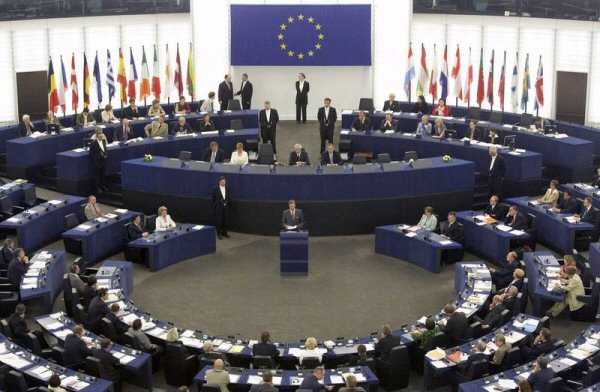
DHARAMSHALA: A two-day symposium on the historic significance of 1913 treaty between Mongolia and was held in Dharamsala on December 30th and 31st 2010. The symposium was hosted by the Department of Information and International Relations, Central Tibetan Administration based in Dharamsala, India.
A group of seven scholars and historians attended the symposium and made their presentations to shed lights on the treaty and Tibet’s relationship with Manchu dynasty and Mongolia.
The highlights of the opening session included a presentation on “Tibet’s relationship with Manchu dynasty before signing the treaty with Mongolia in 1913” by Mr Kelsang Gyaltsen, a Member of Tibetan Parliament-in-Exile.
Prof Elliot Sperling, Associate Professor of Tibetan Studies, Indiana University’s Department of Central Eurasian Studies, spoke on the international reception and circulation of the 1913 Tibeto-Mongol Treaty.
Mr Sonam Gyaltsen, a Tibetan historian presently teaching at the College of Higher Tibetan Studies near Dharamsala, shed light on Tibet’s relationship with Mongolia before and after the signing of the 1913 treaty.
Prof Tsering Shakya, noted historian and expert on Tibetan studies who is currently Canadian Research Chair in Religion and Contemporary Society in Asia at the Institute for Asian Research at the University of British Columbia, presented a “Comparative study of Mongolia and Tibet in their search for nationhood in the early part of 20th century”.
The presentation was followed by an interactive question and answer with the members of the audience comprising of senior officials of the Central Tibetan Administration and members of NGOs.
On the second day, Prof Jampa Samten of the Central University of Tibetan Studies in Varansi, Mr Chung Tsering, researcher at the Department of Education of the Central Tibetan Administration and Mr Tashi Tsering, noted historian and director of Amnye Machen Institute in Dharamsala, made their presentations on the treaty itself.
Earlier on October 13th and 14th 2010, twenty-seven experts from Mongolia, India, America, Korea, Russia, Canada, Taiwan, Japan, Holland and Germany gathered for a two-day symposium on the treaty in Mongolia’s capital Ulaanbaatar. On the basis of profound research done in Tibetan, Mongolian, Russian, English and Chinese, the members had concluded the debate; unanimously agreeing that 99 per cent of “1913 Treaty between Mongolia and Tibet” is factual and official.
The historic “Treaty of Friendship and Alliance Between the Government of Mongolia and Tibet” was signed at Urga in January 1913. The treaty, consisting of 9 Articles, proclaimed the formation of independent states of Tibet and Mongolia.



